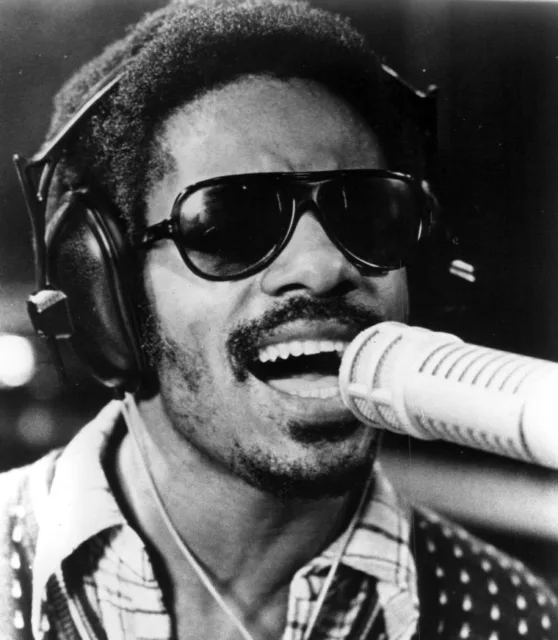Podcasting: Sound Like a Radio DJ
Posted on | 5 minute read


After listening to episode #265 of Shop Talk Show, where Chris Coyer mentioned he wanted to sound “like the guy on the radio”; I was compelled to share my knowledge of radio studios.
I was in the broadcast industry from 1997 to 2013 where I started as a part-time DJ and eventually became chief engineer.
During my time in radio, I purchased millions of dollars in equipment and built dozens of studios.
Below is a laundry list of equipment you might find in a typical radio station:
Microphone:
It all starts here. A quality microphone is going to get you further than any other piece of equipment on this list.
In the on-air studio, most radio stations have either an Electro-Voice RE20 ($500) or a Shure SM7B ($400). These microphones are dynamic which means they’re built to withstand the daily abuse and chaos of a live show.

The RE20 is ubiquitous. It’s the microphone. It’s even in the TEChnology Hall of Fame. Watch any radio show (that is also on TV), such as The Herd, The Dan Patrick Show, Pat McAfee, etc… and they all use RE20s.
Moving from the on-air booth to the production studio, you might find a condenser microphone like a Neumann TLM-103 ($1,300) or a Behringer B-1 ($99) which is a real bargain compared to the TLM-103.
Why the change from dynamic to condenser? Production Studios are where all the commercials are recorded. It’s a highly controlled environment (compared to the chaos of a live broadcast) and condenser microphones are known for their excellent audio fidelity along with warmer, more pleasant sound reproduction. It’s important to note that not all radio stations use a condenser mic, and often RE20s are used throughout.
As Chris Enns mentioned in the podcast, a microphone isn’t going to change a person’s voice. All the expensive equipment in the world isn’t going to make your voice sound, as they say in the radio biz, “deeper than whale sh@#”.
Microphone Preamp:
You will probably find either a Symetrix 528e ($300) or DBX 286s ($250). The Symtrix 528e however is been discontinued and the DBXs are gaining popularity.
In addition to “massaging” your voice with EQ and a De-Esser in real time, these boxes also have a noise gate, which will help eliminate background noise, and a compressor, which will keep your voice at the same volume – even if you yell.
Audio Interface:
There’s probably not a USB input anywhere in sight (except maybe on the computer that records phone calls) because professional applications demand XLR connections– or more recently many audio interfaces are moving to ethernet. You’ll need to drop some serious cash on a Broadcast Console ($5,000-15,000) to achieve the level of tech.
For podcasting though, using a 12-channel Behringer Xenyx X1204 USB ($189) or a Mackie PROFX12V4 ($329) mixer is more than enough.
Recording Software:
Industry-standard is Adobe Audition (subscription based), formerly named and often still referred to as “Cool Edit”. This software has been around since the ’90s.
Your Room/Studio:
Lots of carpets and audio foam ($30) will clean things up so much!
You hit the nail on the head when you mentioned closing the doors, and windows, turning off notifications, and asking the family to turn off the TV. Quiet rooms are your friend!
You will also need two, 6-foot XLR cables ($18). (One cable goes from mic –> preamp, and the other cable is for the preamp –> USB mixer)
Audio Processing:
How does a radio DJ sound so amazing?
It’s because their voice is going through a $15,000 audio processor before being transmitted to your radio. This is the radio industry’s “secret weapon”.

These processors do it all: multi-band compression, multi-band EQ, and limiting. Basically, they turn all audio sources (DJ vocals, music, commercials, etc…), into very loud, yet clean audio.
The next time you listen to an FM radio station, take note of how the volume is consistent from song to song. These audio processors are where the term “audio wars” came from. When FM radio stations in the 80s competed to sound the loudest on the dial, without sounding distorted. The louder a radio station was, the more likely you were to stay tuned in which is true, even today.
Wrap Up:
You don’t need to spend thousands to sound amazing. A decent audio chain (quiet room + microphone + preamp + USB input), will take you well on your way to sounding like a radio DJ.
BTW: You should also read my review of the Behringer B-1 vs Neumann TLM-103 microphones…it’s fascinating because it really comes down to the equipment surrounding the audio chain.
I hope this helps! Feel free to ping me if you have questions.
Disclosure: most of the links above are affiliate links.
Comments
No comments yet.
Timothy Hartman
While the Dan Patrick Show does use Symetrix 528E processors, I believe that they are actually using AKG C4500B-BC condenser mics. 😉
